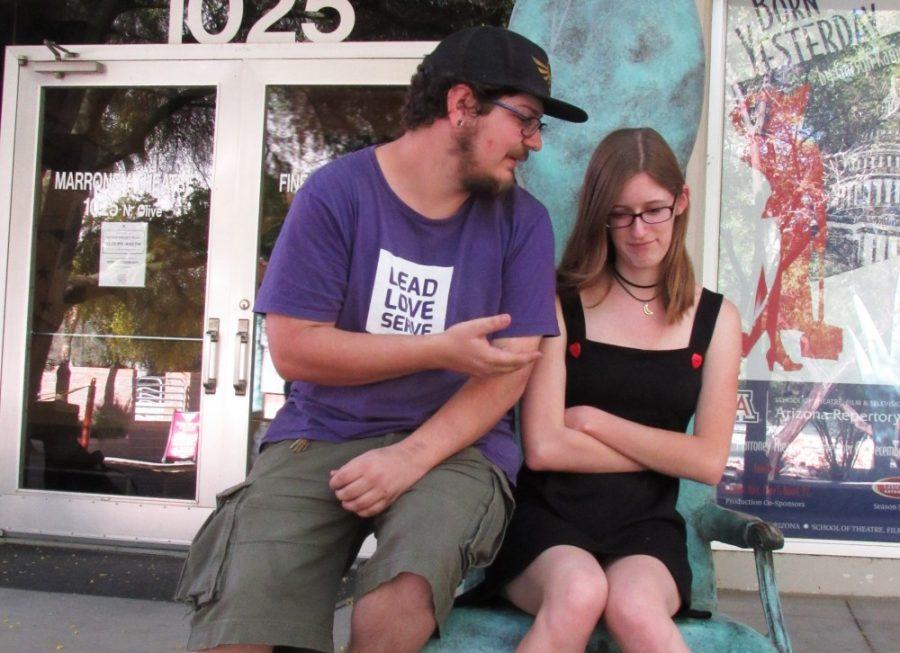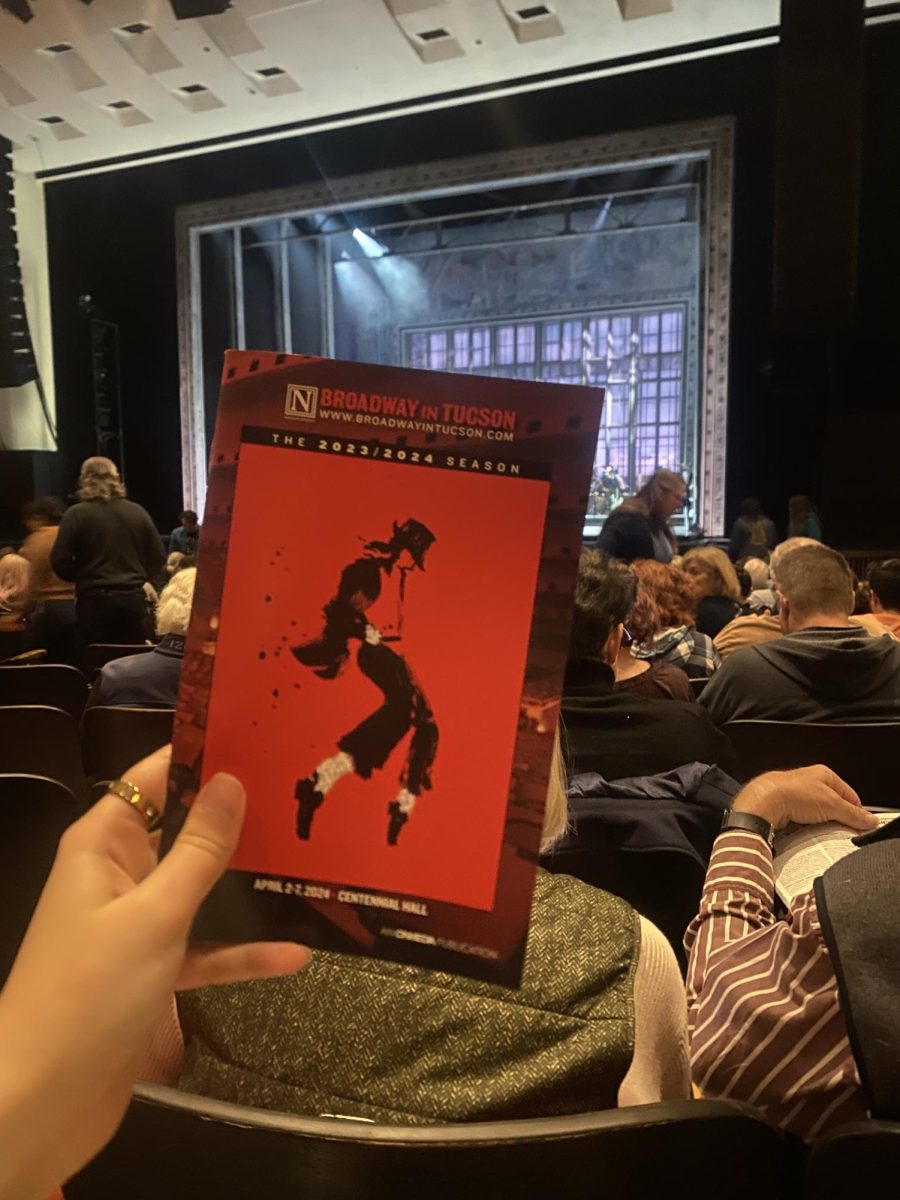The UA recently released a handbook, “Diversity and Inclusiveness in the Classroom”, to help professors and students at the UA respectfully converse with each other without the accidental use of microaggressions.
Jesús Treviño, vice provost for Inclusive Excellence and senior diversity officer, and his colleagues had originally developed the handbook November of last year.
Microaggressions, according to the handbook, are “the everyday verbal, nonverbal and environmental slights, snubs or insults, whether intentional or unintentional, that communicate hostile, derogatory or negative messages to target persons based solely upon their marginalized group memberships.”
An example of a microaggression could be singling out students based on their cultural background or ethnicity.
The guidelines provide students with multiple examples of conversation scenarios that depict possible dialogue with microaggressions. One example in the handbook of something that can be categorized as a microaggression is someone saying, “You’re Asian! Can you tell us what the Japanese think about our trade policies?”
The handbook also mentions that most of the time, “microaggressions are not being committed by spiteful and bigoted professors who want to intentionally hurt students from diverse groups, but rather are undertaken at the unconscious level by well-meaning and caring professors.”
However, the guidelines overall stress that microaggressions can ultimately “create hostile and unwelcoming classroom environments.”
RELATED: Food Security and Social Justice Network offers upcoming weekend workshop for undergraduates
In order to deal with these microaggressions on campus, Treviño and his faculty team developed a system called “oops and ouch” to facilitate a safe place for students to engage in challenging topics.
The handbook states that “if a student feels hurt or offended by another student’s comment, the hurt student can say ‘ouch.’ In acknowledgment, the student who made the hurtful comment says ‘oops.'”
The overall message from the “oops and ouch” scenario is for students to “feel comfortable being open, honest and vulnerable about their perspectives and experiences. This contributes to promoting mutual respect and trust among group members,” according to the handbook.
When asked how the handbook was put together, Treviño said the book was a compilation of ideas over the years.
“It actually started with the Voices of Discovery Program, a social identity intergroup dialogue program, which is a group of students that join together to talk about diversity and communication,” Treviño said.
As stated in the UA’s Institute for Lesbian, Gay, Bisexual and Transgender Studies website, the program “is a project designed to structure interaction between undergraduate student diverse groups with the goal of creating greater understanding about intergroup/diversity issues.”
The handbook was originally created in order to make sure all voices at the UA are heard, regardless of ethnicity or orientation.
“If students are going to talk about difficult issues, it is important to have a platform to address political or social issues without discrimination,” Treviño said.
RELATED: Greek Life increases efforts to create inclusive environment for LGBTQ community
Since the handbook has been released, the guidelines have gotten both negative and positive feedback.
“A lot of the information regarding the handbook has been distorted,” Treviño said. “There are no policies about microaggressions that every professor and student must abide by, but instead are guidelines that are recommended to use.”
Treviño said many professors have personally contacted him saying the guidelines have really impacted their teaching in positive ways, as well as created a safe environment for students to agree to disagree.
Along with Treviño, Bryan Carter, an associate professor in Africana studies, helped with the recently released handbook.
“Since the handbook is fairly new this year, we will hopefully see the faculty adopting the guidelines in their upcoming summer and fall 2017 semesters,” Carter said.
In addition to the handbook’s recent release, Carter mentioned the importance of the recommended guidelines.
“It’s an action that is meant to bring the student body together in more positive ways and can help encourage civil discussion in a classroom,” Carter said.
Jennifer Donahue, an assistant professor in Africana studies, served as a member of the Diversity Task Force’s Classroom Experience subcommittee, which is an organization that has similar objectives as the handbook guidelines in creating a better communication exchange between students and staff. Among other initiatives, the subcommittee drafted and circulated gender pronoun and content advisory guidelines.
“The handbook is a resource that can improve communication,” Donahue said. “The ‘Diversity and Inclusiveness in the Classroom’ handbook, like the gender pronoun and content advisory guidelines, offers recommendations, not regulations.”
Brianna Martinez, a physiology freshman, said she has dealt with microaggressions and explained how she had dealt with them in the past.
“Sometimes I get criticism on being ‘too white’ for being of Mexican descent,” she said. “When people assume things about my heritage, I only become more understanding about it. I know people who ask are just curious and don’t necessarily intend to hurt me; they are just misinformed.”
Lexie Handley is a student pursing in Business at Eller College of Management and also the Vice President of the Eller College Unity Board, and said she thinks the handbook is great
“Through the Eller College Unity Board, we try to stress how to properly communicate with faculty, students and business professionals,” she said. “We strive for the same goal in effectively communicating to everyone.”
Vanessa Ponce, a junior majoring in Spanish Translation and Interpretation expressed her encounters with microagressions in the classroom.
“Usually, professors at the college level are professional in the classroom but there’s been times where the lines seemed questionable,” she said. ” A professor saying, ‘If you’re intelligent you shouldn’t have any issues writing this assignment’, when in reality, the whole class had trouble doing the assignment … insinuating that someone isn’t smart because they couldn’t do an assignment I think can be an example of a microagression too.”
University of Arizona is among the few colleges in the nation to have created a handbook specifically devoted to the respectful and effective communication between students and staff. Due to the recent release of the handbook, it is likely professors at the UA may adopt some of the handbook’s advisement in the upcoming semesters.
For more information on the official handbook of “Diversity and Inclusiveness in the Classroom,” visit http://humanities.arizona.edu/sites/humanities.arizona.edu/files/Classroom Dialogue Guide .pdf
Follow Savanah Modesitt on Twitter.









